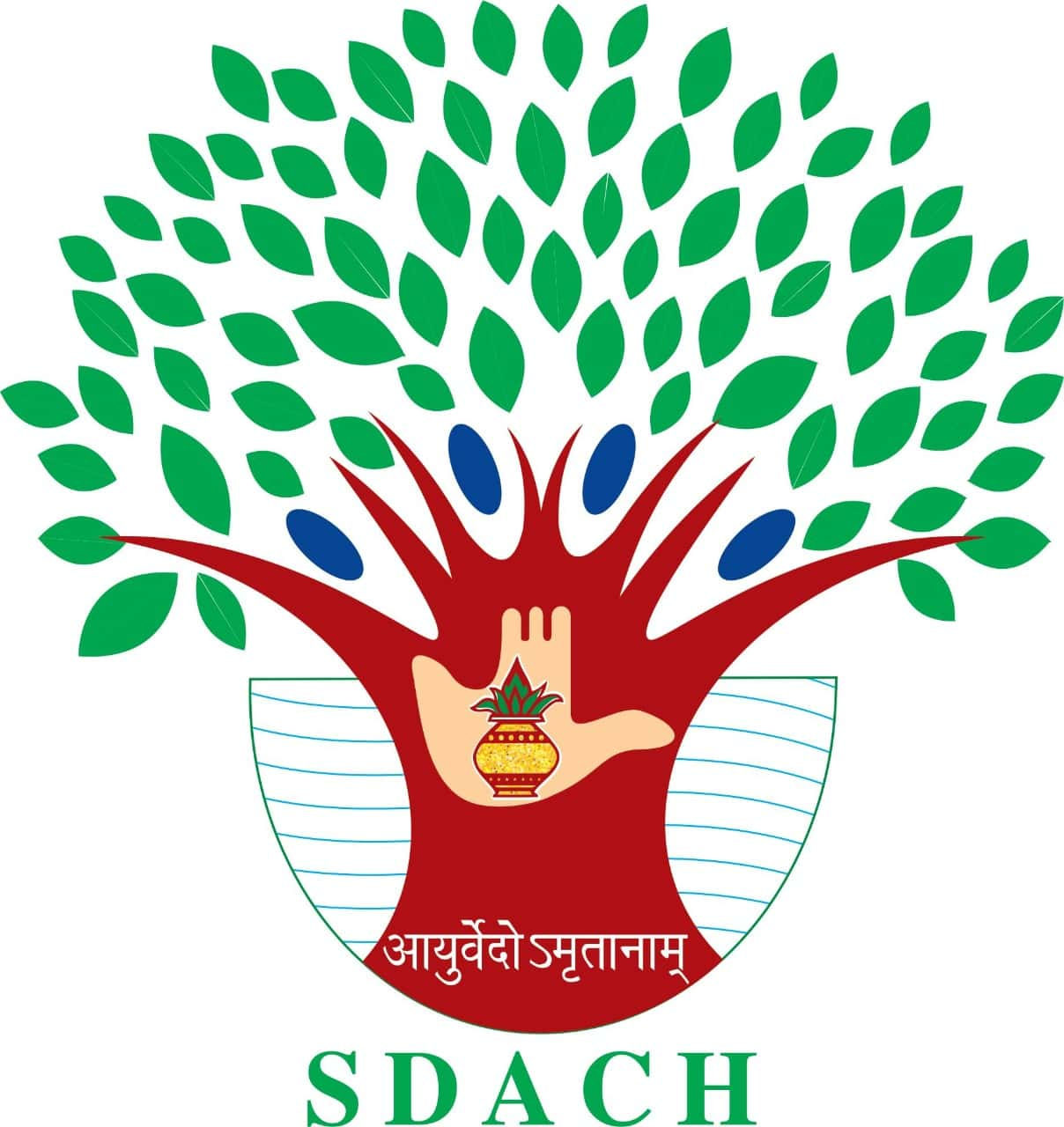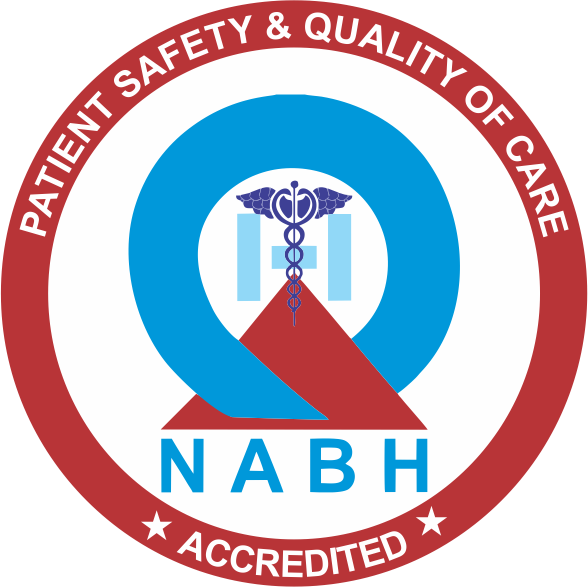Botanical Name – Curcuma amada Roxb.
Family Name- Zingiberaceae (Ginger family)
Identification No.: SDACH/HG/303
Vernacular Names
- Hindi: Aam Haldi, Amba Haldi
- English: Mango Ginger
- Bengali: Aamaada
- *Tamil*: Mankayinji
- Telugu: Mamidi Allam
- Malayalam: Manga Inchi
- Kannada: Ambarasina
Synonyms
– Bhav Prakash Reference:
“आम्रगन्धा सुरभिगन्धा हरिद्रा चाम्रसंज्ञिता।
कफपित्तहरा रुच्या दाहशोथव्रणापहा॥”
Classification According to Ayurvedic Texts
- Charaka: Not explicitly mentioned (but falls under *Shothahara and Vranaropana groups).
- Sushruta: Used in skin diseases and inflammation.
- Vagbhata: Similar to Sushruta’s classification.
- Bhav Prakash: Described as *Kaphapittahara and Raktashodhaka (blood purifier).
Habitat & Distribution
– Habitat: Grows in tropical and subtropical regions, moist soils.
– Distribution: Found in India (Bengal, Assam, Kerala, Tamil Nadu), Bangladesh, and Myanmar.
Morphology
- Root: Rhizomes resemble ginger but have a mango-like aroma.
- Leaves: Long, broad, lanceolate.
- Flowers: Pale yellow, borne on spikes.
- Rhizome: Pale yellow inside, fragrant, slightly bitter-pungent taste.
Varieties
– No major varieties documented, but regional differences exist in aroma and potency.
Substitute/Adulterant
– Substitute: Haridra (Curcuma longa)* – lacks mango aroma.
– Adulterant: Sometimes mixed with inferior ginger varieties.
Phytochemicals
- Essential Oils: Curcumene, camphor, pinene.
- Curcuminoids: Lesser than turmeric but present.
- Others: Starch, resins, flavonoids.
Rasapanchaka
- Rasa (Taste): Katu (Pungent), Tikta (Bitter)
- Guna (Quality): Laghu (Light), Ruksha (Dry)
- Virya (Potency): Ushna (Hot)
- Vipaka (Post-digestive effect): Katu (Pungent)
- Prabhava (Special effect): Anti-inflammatory, wound healing.
- Dosha Shamakta: Balances **Kapha-Pitta, may aggravate **Vata* in excess.
Karma (Pharmacological Actions)
– Rogaghnata (Disease Relief):
- Anti-inflammatory (Shothahara)
- Antimicrobial (Krimighna)
- Digestive stimulant (Deepana-Pachana)
- Analgesic (Vedanasthapana)
Amayika Prayoga (Therapeutic Uses)
External:
- Paste applied on wounds, burns, and skin infections.
- Used in inflammatory swellings (Sandhishotha).
Internal
- Digestive disorders (Agnimandya, Ajeerna).
- Respiratory conditions (Kasa, Shwasa).
- Blood disorders (Raktapitta, skin diseases).
Part Used
– Rhizome (Fresh or dried).
Dose
- Powder: 1–3 grams per day.
- Fresh Juice: 5–10 ml.
Yoga/Formulations
- Amragandhi Haridra Churna (Powder for digestion).
- Amba Haldi Lepa (Paste for skin conditions).
- Combination: With honey for cough, with ghee for wounds.
IUCN Status
-Not Evaluated
Research Updates
1. *Antimicrobial Activity (2020): Showed effectiveness against *Staphylococcus aureus and E. coli.
2. *Anti-inflammatory Study (2021)*: Reduced edema in rat models.
3. *Wound Healing (2022)*: Enhanced collagen synthesis in diabetic wounds.







